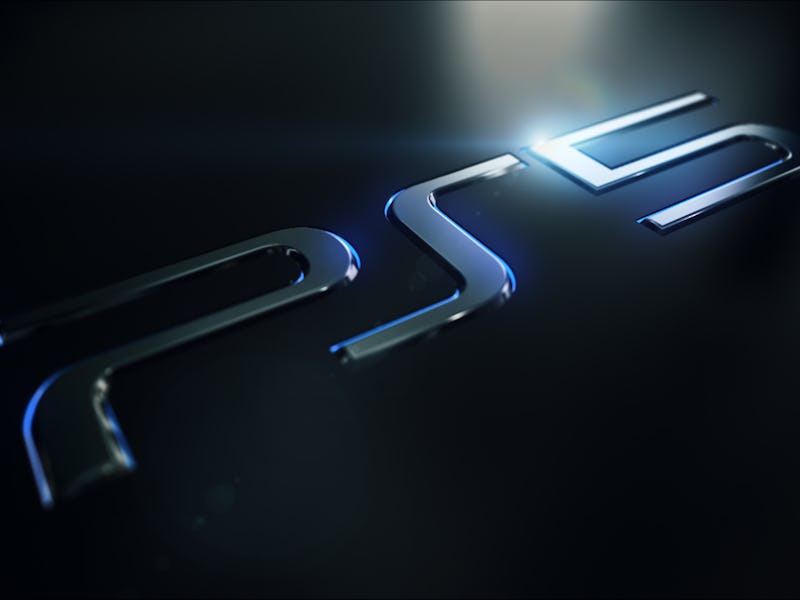PS5: What Sony Could Intend With Its Risky Plan to Target Hardcore Gamers
The PS 5 may wind up being more of a "niche" device.

It’s been nearly six years since Sony released the first version of the Playstation 4, and after two light refurbishments in 2016, it’s gearing up to release a next-generation device. Assuming Sony follows previous naming conventions, the new device will be the Playstation 5. But unlike in 2013, Sony will have to do more than compete with other legacy console makers like Nintendo and Xbox.
In recent remarks reported by the Wall Street Journal, Sony chief executive Kenichiro Yoshida shed light on the company’s plans for competing in an increasingly disruptive landscape for gaming tech. According to the Journal’s report, Yoshida made some striking comments about the PS 5, even going so far as to say it will be a “niche” device.
That’s a pretty shocking admission. The PS 4 is not a niche device, with more than 90 million units sold as of Dec. 2018. Playstation is Sony’s bestselling unit, the WSJ notes, accounting for more revenues than Sony Pictures, its smartphone, and its televisions. Unlike Nintendo, whose Switches and titles have given them a reputation as catering more to kids, Sony’s titles run the gamut, and include a beefy list of exclusives unavailable to other consoles like Spiderman.
So is Sony thinking of changing up its playbook? Here’s what Sony could be thinking with the remarks, which comes more than a year of when the device is slated for release.
Looming large over the PS 5 will be the launch of cloud gaming services that promise to make consoles irrelevant.
The PS 5 Could Be a “Niche” Device
The major change Sony must account for is that the stakes for console makers are higher than they were in 2013, when the first PS 4 came out. Emerging tech like cloud gaming or augmented and virtual reality mean that consumers will have more choices than they have in the past. Cloud gaming services like Stadia argue that cloud infrastructure will soon be able to beam computation-intensive titles to devices without any expensive hardware at all. The new cloud gaming insurgents prompted a somewhat unlikely partnership between Xbox and Sony to share infrastructure and, presumably, access to exclusive titles.
It’s a disruptive moment for the industry, made more complicated by an ongoing trade dispute with China, where nearly all consoles are made. On June 26, Nintendo, Sony, and Xbox all co-signed a letter warning that trade disputes threatened to affect pricing and development on the 2020 console line.
The PS 5’s place in all this is unclear. The PS 4 was unquestionably a hit, and now accounts for a slight majority of all the consoles sold worldwide, despite launching a full year after the current generation Xbox. Fashioning it as a niche device seems like a reversal. There’s also the matter of the Microsoft deal. While it’s relatively clear what Microsoft brought to the table, access to the many xCloud servers, it’s not clear what Sony offered in exchange.
Sony and Microsoft's cloud gaming partnership has complicated Sony's role in the console landscape.
Why Sony’s Niche Play Is Risky
So what could Yoshida have meant by “niche” device? Based on his remarks, it looks like an attempt to market the PS 5 as the choice for serious gamers.
The PS 5 is “dramatically increasing the graphics-rendering speed,” he said, and he reiterated the inclusion of computation-heavy features like ray tracing, which increase a picture’s vividness by making the paths of light more realistic. Other sources indicated that being able to run the most demanding graphics will be a key source of a console’s appeal in the cloud gaming era.
It’s a risky gambit. Console tech isn’t actually known for catering to the most serious gamers, who tend to migrate toward PC set-ups that let them customize more and take advantage of the latest cutting-edge chipsets. A new console only comes around about twice a decade, meaning that it will be unlikely to be able to offer “cutting edge” specs for very long. As far as graphics capacity, the PS 5 is expected to offer 14 teraflops, an designation meaning it can complete 14 trillion operations per second. Those figures are already rivaled by the latest and greatest high-end graphics cards from NVIDIA.
Could VR play a role in Sony's hardware-focused strategy for the PS 5?
One of the analysts interviewed for the WSJ story suggested that Sony is banking too much on exclusive titles.
On the other hand, Sony’s also rumored to be developing a companion VR headset that would work in tandem with the PS 5. That’d certainly seem to align with Yoshida’s surprising “niche,” remark: Only 5 million or so virtual reality headsets have shipped worldwide, a tiny fraction of the number of consoles shipped each year. The PS 5 may try to rectify that, but the high specs some insiders predicted were thought as too swanky for a mass market console.
If Sony wasn’t trying to sell 100 million units and be the everyman device of choice, then that would be an entirely different story. With Microsoft moving the Hololens in a more enterprise-focused direction, Sony would have more of an opening to set itself apart from who it views as its chief rival. Sony’s VR rivals, HTC and Oculus, don’t have the same gaming experience or a massive in-house studio to leverage, either. Casting a narrower net for the first round of PS 5 customers may be a smart bet, if Sony’s brave enough to make it.